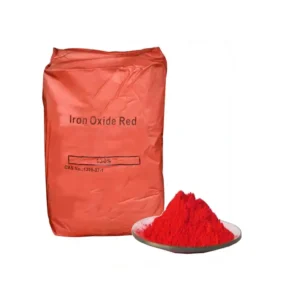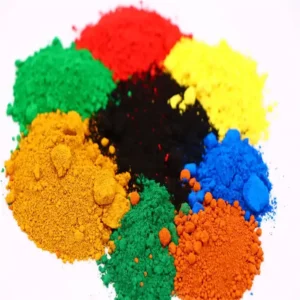In the realm of modern hydroponics, Leca balls have emerged as a popular and efficient growing medium. These lightweight expanded clay aggregate balls offer a host of benefits that contribute to the success of hydroponic cultivation.
Physical Characteristics of Leca balls
Leca balls are small, round, and porous structures. Their porous nature is a key feature. With numerous tiny holes on their surface, they can hold a significant amount of water and nutrients, which is crucial for plant growth. Their lightweight property makes them easy to handle during the setup of a hydroponics system.

Water Retention and Aeration
One of the main advantages of Leca balls in hydroponics is their excellent water – retention ability. They can absorb and store water, gradually releasing it to the plant roots as needed. This ensures that plants have a consistent water supply. Moreover, the porosity also allows for good aeration. Oxygen can reach the roots easily, preventing root rot and promoting healthy root development.
Nutrient Absorption and Release
Leca balls have a high cation – exchange capacity. This means they can effectively absorb and hold nutrients. When nutrient – rich solutions are introduced into the hydroponics system, the Leca balls take in these nutrients. Then, they release them slowly to the plants, providing a steady source of nourishment.
Suitability for Different Plant Types
Leca balls are suitable for a wide variety of plants in hydroponics. For small – rooted herbs like basil and mint, the Leca balls offer a stable support structure. Larger – rooted plants such as tomatoes and cucumbers can also thrive in Leca – based hydroponic systems. The balls allow the roots to penetrate and spread freely.
Cost – effectiveness
In terms of cost, Leca balls are a cost – effective option. They are reusable, which reduces the long – term cost of maintaining a hydroponics system. A single batch of Leca balls can be used for multiple growing seasons with proper cleaning and sterilization.
Setup and Maintenance of Leca – based Hydroponics
Setting up a hydroponics system with Leca balls is relatively straightforward. First, rinse the Leca balls thoroughly to remove any dust or debris. Then, place them in the growing containers. When adding plants, gently position the roots among the Leca balls. Maintenance mainly involves ensuring the nutrient solution level is appropriate and periodically checking for any signs of root problems.

Environmental Impact
Leca balls are made from natural clay, which is a renewable resource. Their production process is relatively environmentally friendly compared to some synthetic hydroponic media. This makes them a sustainable choice for eco – conscious hydroponic enthusiasts.
Recent Trends and Innovations
Recently, there have been some innovative uses of Leca balls in hydroponics. Some growers are combining Leca balls with other materials like coconut coir to create a more customized growing medium. Additionally, new research is exploring how to further optimize the nutrient – release properties of Leca balls.
In conclusion, Leca balls are a versatile and practical choice for hydroponics systems. Their unique physical and chemical properties, cost – effectiveness, and environmental friendliness make them a top choice for both novice and experienced hydroponic gardeners.

